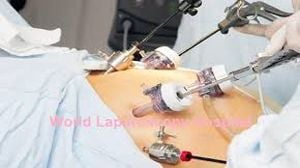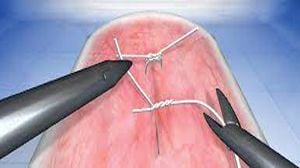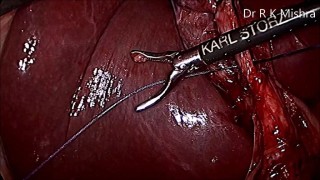Laparoscopic Morcellator
Add to
Share
254 views
Report
1 month ago
Description
A laparoscopic morcellator is a specialized surgical instrument used in minimally invasive surgeries, particularly in gynecology and general surgery, to cut large tissues or organs into smaller pieces. This allows surgeons to remove them through small laparoscopic incisions rather than performing open surgery, significantly reducing recovery time and surgical trauma. Key Features and Functions Tissue Fragmentation The primary function of a morcellator is to fragment large tissues, such as fibroids or a uterus during a hysterectomy, into smaller, manageable pieces. This process is called morcellation. Minimally Invasive Access By breaking down tissues into smaller fragments, morcellators allow their removal through tiny laparoscopic ports (usually 5–12 mm), eliminating the need for large abdominal incisions. Precision and Safety Modern laparoscopic morcellators are designed with rotating blades and controlled suction, ensuring efficient tissue removal while minimizing injury to surrounding organs. Versatility These instruments are used in a variety of procedures including: Laparoscopic hysterectomy Myomectomy (fibroid removal) Adrenal and kidney surgeries Other general laparoscopic surgeries requiring tissue extraction Advantages of Laparoscopic Morcellation Reduced Recovery Time: Patients typically experience less postoperative pain and faster return to daily activities compared to open surgery. Smaller Scars: Tiny incisions lead to minimal scarring and better cosmetic outcomes. Enhanced Surgical Efficiency: Facilitates removal of large tissues through minimal access points, streamlining the procedure. Lower Risk of Complications: Reduced blood loss and decreased risk of wound infections. Safety Considerations While morcellators offer significant benefits, there are some safety considerations: Tissue Containment: There is a potential risk of spreading undiagnosed malignant tissue during morcellation. To minimize this, contained morcellation systems are often used. Surgeon Expertise: Proper training and experience are essential to safely perform morcellation and avoid injury to surrounding structures. Innovations in Morcellation Modern laparoscopic morcellators come with advanced features such as: Electric and robotic-assisted morcellation for precision Integrated suction systems to reduce tissue dispersal High-speed blades to improve efficiency These innovations make morcellators an indispensable tool in minimally invasive surgery, allowing surgeons to treat complex conditions with greater precision and safety. Conclusion: The laparoscopic morcellator represents a breakthrough in minimally invasive surgery. By enabling the safe removal of large tissues through small incisions, it reduces patient recovery time, surgical trauma, and complications. With proper containment systems and skilled surgical handling, it remains a cornerstone tool in modern laparoscopic procedures.
Similar Videos






